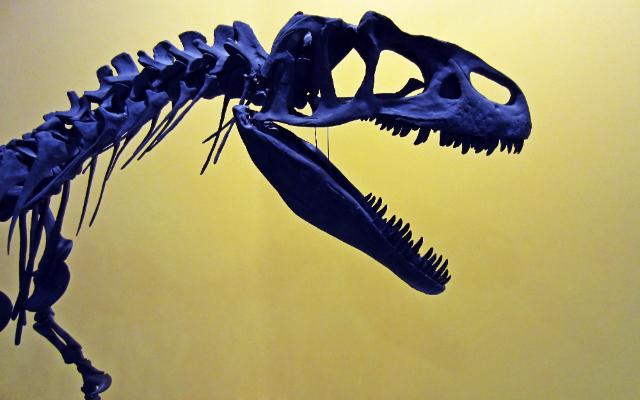This Week in Science: Laughing Gas, Invisibility Cloaks, and Nobel Prizes

It’s time for “Nerd News,” covering the most important news for your brain. Here’s a quick rundown of this week in science . . .
1. A study at the University of Michigan simulated the impact of the asteroid that killed the dinosaurs, and found it caused a mile-high, global tsunami. Within 48 hours, the wave had decimated every coastline on Earth.
2. In bug news: A team in Scotland built an A.I. machine that can spot cockroaches and kill them with a laser. They’ve also got one that zaps mosquitos.
3. Researchers at the University of California think we could find life on other planets by looking for nitrous oxide, a.k.a. laughing gas. A lot of it comes from FECAL MATTER. So if a planet has tons of nitrous, there’s probably life there.
4. In other space news: SpaceX sent three more astronauts and a cosmonaut to the space station Wednesday. One of the astronauts has been to space four times before. The rest are newbies.
5. In Harry Potter news: A futuristic clothing company based in the U.K. says they’re only a few years away from making a real-life invisibility cloak.
6. In Terminator news: Boston Dynamics promised to never weaponize those scary robot dogs they make.
Meanwhile, China just did exactly that, and came up with a way to drop them from drones.
7. And finally, most of this year’s Nobel Prizes were announced this week. (The Nobel Peace Prize was set to be announced early this morning. The winner for economics won’t be revealed until Monday.)
The Nobel Prize for medicine went to a Swedish geneticist who pulled material from 40,000-year-old bones and mapped out the genes of Neanderthals.
The Nobel Prize for physics went to three quantum mechanics experts who proved quantum entanglement is real. That’s where two particles can somehow still affect each other when they’re thousands, or even millions of miles apart/
The Nobel Prize for literature went to a French novelist named Annie Ernaux for her books covering family, class, politics, and gender. Her most critically acclaimed book is called “The Years”. It’s about France following World War Two.
And the Nobel Prize for chemistry went to three researchers who pioneered “click chemistry” that’s been compared to snapping molecules together like Legos.
.png)





